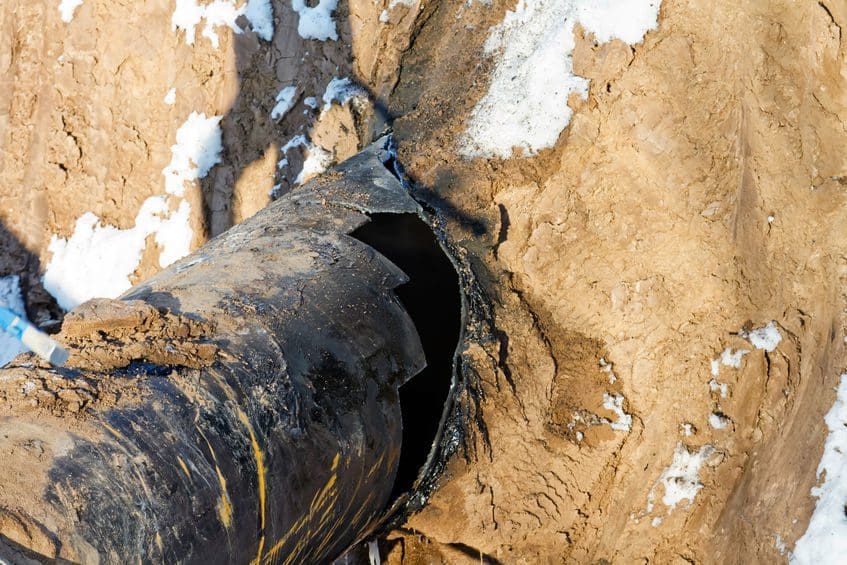ALEXANDRIA, Va., – The National Transportation Safety Board (NTSB) is well known for its sleuthing on plane crashes. However, oil and gas executives often need better education about how the agency tackles one of its other responsibilities—investigating pipeline accidents, advise veteran attorneys with the national law firm LeClairRyan.
The catastrophic gas explosions that destroyed dozens of homes in Massachusetts this month have called attention to the NTSB’s role in investigating such incidents, noted Mark A. Dombroff, an Alexandria-based member of LeClairRyan and co-leader of its Transportation Industry practice. “Most, but not all, in the pipeline business are aware that something like this will immediately trigger a federally mandated and led investigation,” he said. “But their counterparts in aviation tend to be far better prepared to contend with the highly specific—and high-stakes—investigative process relied upon by NTSB.”
In a given year, the agency typically investigates about 2,000 aviation accidents as opposed to just a few pipeline cases, noted David K. Tochen, a transportation attorney in LeClairRyan’s Washington, D.C., office, who served as General Counsel of the NTSB from 2011 to 2017. “Because pipeline accidents are relatively rare, in quite a few cases we find that executives at pipeline companies lack any prior experience with NTSB investigations,” Tochen said. “They often feel pulled in a thousand different directions and are unsure of how to respond after an accident occurs.”
Earlier this month, LeClairRyan published a 10-page primer on NTSB investigations. Relevant to decision-makers in the aviation, maritime, rail, pipeline and surface transportation sectors, the document is freely available. “It describes the key aspects of an NTSB accident investigation and outlines what companies should expect,” Tochen said. “It also includes a quick reference checklist for the entire NTSB process, everything from the number to call as soon as you learn of an accident, to considerations related to review of the final report.”
Companies can easily make missteps that hinder their ability to fully participate in the process, and this can increase civil or criminal liability risk later on, Dombroff added. “From the evidence-gathering and analysis phases, to a possible public hearing, to the NTSB’s preparation of its final report, you need to be at the table,” he said. “And yet you could suddenly find the company frozen out due to a simple misstep such as violating the NTSB’s rules on what you can and can’t say to the media.”
Pipeline companies should consider working with a legal team to guarantee that their employees, contractors and subcontractors are fully trained on such considerations, Tochen noted. “Contractors used for welding, inspection or other tasks could certainly become parties in that investigation,” he said. “Every fact that emerges is potentially usable in litigation against the company, so what they say and do really matters.”
Beyond the investigation, pipeline accidents also require deft handling of other concerns related to media strategies; communicating with families and victims; handling internal employee issues; dealing with additional government agencies; allaying stockholder concerns, and more, Dombroff said. “Our team has been doing this for more than 40 years across all sectors of transportation,” he said. “We understand the complex issues involved.”
About LeClairRyan
As a trusted advisor, LeClairRyan provides business counsel and client representation in corporate law and litigation. In this role, the firm applies its knowledge, insight and skill to help clients achieve their business objectives while managing and minimizing their legal risks, difficulties and expenses. With offices from coast to coast, the firm represents a wide variety of clients nationwide. For more information about LeClairRyan, visit www.leclairryan.com.






